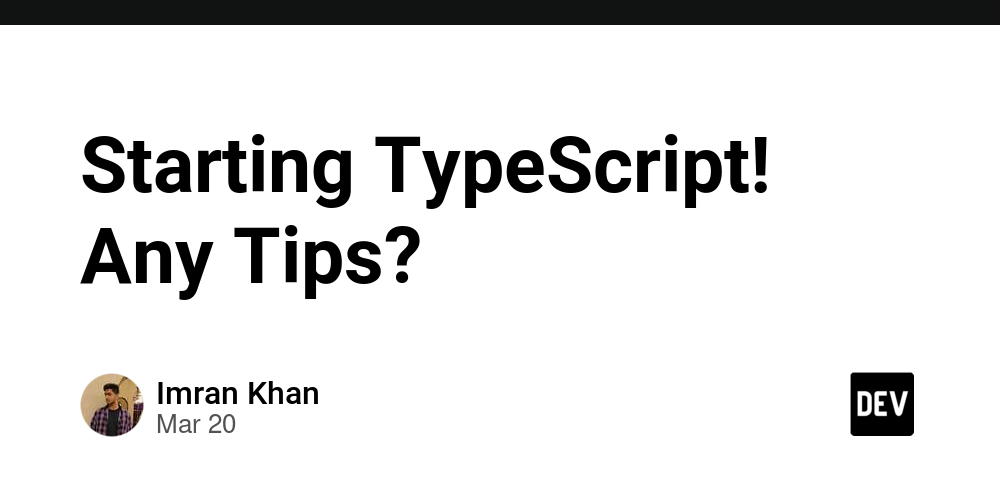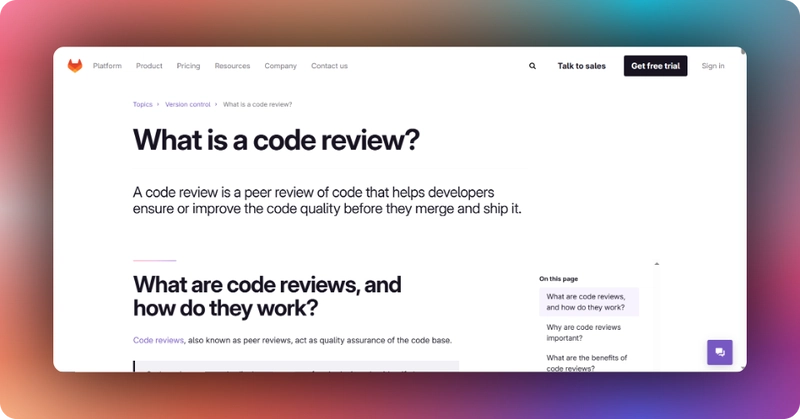How to write solana wallet tracking telegram bot
A comprehensive guide to building a professional Solana wallet tracking system that monitors transactions and delivers real-time notifications through Telegram. Introduction In the fast-moving world of Solana trading, staying informed about wallet activities is crucial. This guide will walk you through creating a sophisticated wallet tracking bot that monitors transactions and sends detailed notifications via Telegram. System Architecture The system consists of three main components: Helius RPC for transaction monitoring MongoDB for data storage Telegram Bot for notifications Step-by-Step Guide 1. Setting Up Your Telegram Bot First, we'll create and configure your Telegram bot for notifications. Creating your own Telegram bot Open Telegram and search for the @botfather. Send /newbot command Name your bot (Example: "super_wallet_tracking_bot") Save your bot token Configuring Chat IDs Now we named our bot and get bot token, we need to get our chat ID. To get your chat ID: Add your bot to your channel Send a message Access: https://api.telegram.org/bot/getUpdates Extract the chat_id from the response Or you can use this script to get your chat ID: import TelegramBot from "node-telegram-bot-api"; import dotenv from "dotenv"; dotenv.config(); const TELEGRAM_BOT_TOKEN = process.env.TELEGRAM_BOT_TOKEN!; const bot = new TelegramBot(TELEGRAM_BOT_TOKEN, { polling: true }); bot.on("message", (msg) => { console.log("New chat ID:", msg.chat.id); TELEGRAM_CHAT_ID = msg.chat.id.toString(); }); Environment Configuration Add these to your .env file: TELEGRAM_BOT_NAME = "super_wallet_tracking_bot" TELEGRAM_BOT_TOKEN = "YOUR_BOT_TOKEN" TELEGRAM_CHAT_ID = "YOUR_CHAT_ID" Once we set environment variables, create a telegram.ts file and write the following code to send messsages to Telegram: import TelegramBot from "node-telegram-bot-api"; import dotenv from "dotenv"; dotenv.config(); const TELEGRAM_CHAT_ID = process.env.TELEGRAM_CHAT_ID!; const bot = new TelegramBot(TELEGRAM_BOT_TOKEN, { polling: false }); export const sendTelegramMessage = async (message: string) => { try { await bot.sendMessage(TELEGRAM_CHAT_ID, message, { parse_mode: "HTML", disable_web_page_preview: true, }); } catch (error) { console.error("Failed to send Telegram message:", error); } }; 2.Integrating Helius RPC Helius provides reliable RPC endpoints for Solana transaction monitoring. Setup Steps: Get your Helius API key from Helius Dashboard Configure RPC endpoints in .env: RPC_URL = "https://mainnet.helius-rpc.com/?api-key=YOUR_API_KEY" WSS_URL = "wss://mainnet.helius-rpc.com/?api-key=YOUR_API_KEY" 3. Database Configuration and connection to MongoDB We use MongoDB for storing transaction history and analysis. Configuration: MONGODB_URI = "mongodb://localhost:27017/solana_wallet_tracking" Create db.ts file, and write the following code: import mongoose from "mongoose"; export const connectDB = async (mongodb_url: string) => { await mongoose.connect(mongodb_url); console.log("
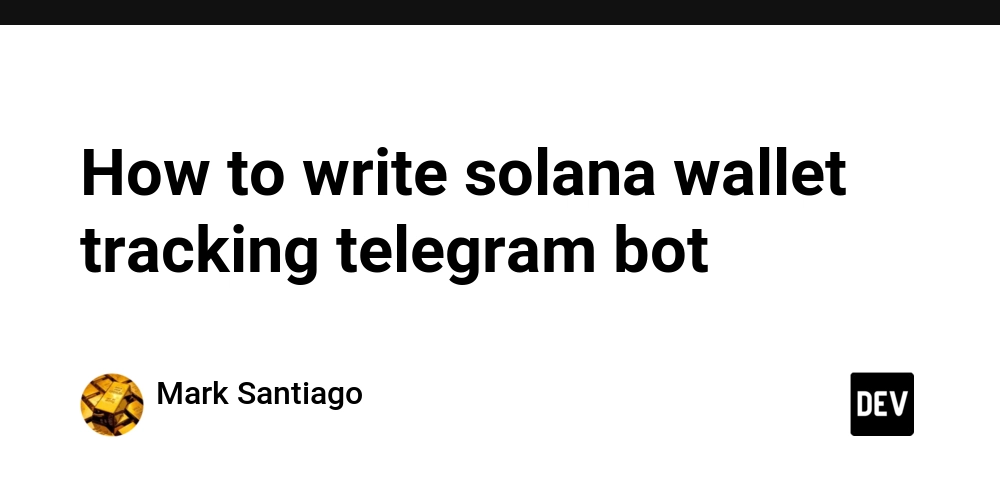
A comprehensive guide to building a professional Solana wallet tracking system that monitors transactions and delivers real-time notifications through Telegram.
Introduction
In the fast-moving world of Solana trading, staying informed about wallet activities is crucial. This guide will walk you through creating a sophisticated wallet tracking bot that monitors transactions and sends detailed notifications via Telegram.
System Architecture
The system consists of three main components:
- Helius RPC for transaction monitoring
- MongoDB for data storage
- Telegram Bot for notifications
Step-by-Step Guide
1. Setting Up Your Telegram Bot
First, we'll create and configure your Telegram bot for notifications.
Creating your own Telegram bot
- Open Telegram and search for the @botfather.
- Send
/newbotcommand - Name your bot (Example: "super_wallet_tracking_bot")
- Save your bot token
Configuring Chat IDs
Now we named our bot and get bot token, we need to get our chat ID.
To get your chat ID:
- Add your bot to your channel
- Send a message
- Access: https://api.telegram.org/bot/getUpdates
- Extract the chat_id from the response
Or you can use this script to get your chat ID:
import TelegramBot from "node-telegram-bot-api";
import dotenv from "dotenv";
dotenv.config();
const TELEGRAM_BOT_TOKEN = process.env.TELEGRAM_BOT_TOKEN!;
const bot = new TelegramBot(TELEGRAM_BOT_TOKEN, { polling: true });
bot.on("message", (msg) => {
console.log("New chat ID:", msg.chat.id);
TELEGRAM_CHAT_ID = msg.chat.id.toString();
});
Environment Configuration
Add these to your .env file:
TELEGRAM_BOT_NAME = "super_wallet_tracking_bot"
TELEGRAM_BOT_TOKEN = "YOUR_BOT_TOKEN"
TELEGRAM_CHAT_ID = "YOUR_CHAT_ID"
Once we set environment variables, create a telegram.ts file and write the following code to send messsages to Telegram:
import TelegramBot from "node-telegram-bot-api";
import dotenv from "dotenv";
dotenv.config();
const TELEGRAM_CHAT_ID = process.env.TELEGRAM_CHAT_ID!;
const bot = new TelegramBot(TELEGRAM_BOT_TOKEN, { polling: false });
export const sendTelegramMessage = async (message: string) => {
try {
await bot.sendMessage(TELEGRAM_CHAT_ID, message, {
parse_mode: "HTML",
disable_web_page_preview: true,
});
} catch (error) {
console.error("Failed to send Telegram message:", error);
}
};
2.Integrating Helius RPC
Helius provides reliable RPC endpoints for Solana transaction monitoring.
Setup Steps:
- Get your Helius API key from Helius Dashboard
- Configure RPC endpoints in .env:
RPC_URL = "https://mainnet.helius-rpc.com/?api-key=YOUR_API_KEY"
WSS_URL = "wss://mainnet.helius-rpc.com/?api-key=YOUR_API_KEY"
3. Database Configuration and connection to MongoDB
We use MongoDB for storing transaction history and analysis.
Configuration:
MONGODB_URI = "mongodb://localhost:27017/solana_wallet_tracking"
Create db.ts file, and write the following code:
import mongoose from "mongoose";
export const connectDB = async (mongodb_url: string) => {
await mongoose.connect(mongodb_url);
console.log(" 












































































































































































![[The AI Show Episode 142]: ChatGPT’s New Image Generator, Studio Ghibli Craze and Backlash, Gemini 2.5, OpenAI Academy, 4o Updates, Vibe Marketing & xAI Acquires X](https://www.marketingaiinstitute.com/hubfs/ep%20142%20cover.png)
















































































































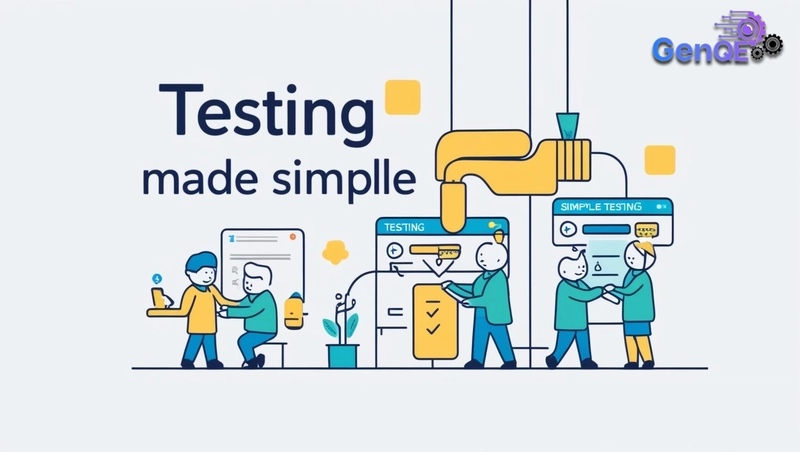
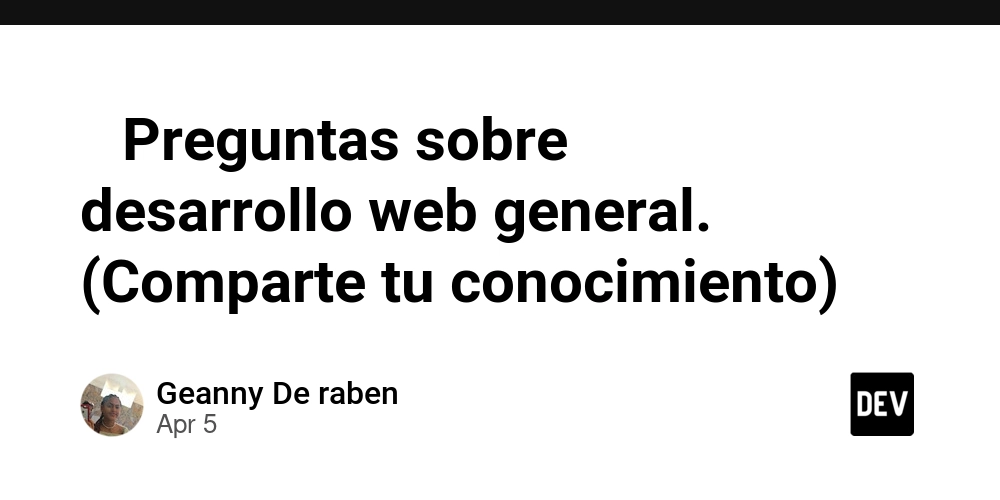









![[FREE EBOOKS] The Kubernetes Bible, The Ultimate Linux Shell Scripting Guide & Four More Best Selling Titles](https://www.javacodegeeks.com/wp-content/uploads/2012/12/jcg-logo.jpg)



![From drop-out to software architect with Jason Lengstorf [Podcast #167]](https://cdn.hashnode.com/res/hashnode/image/upload/v1743796461357/f3d19cd7-e6f5-4d7c-8bfc-eb974bc8da68.png?#)





































































































.png?#)





.jpg?#)
































_Christophe_Coat_Alamy.jpg?#)






































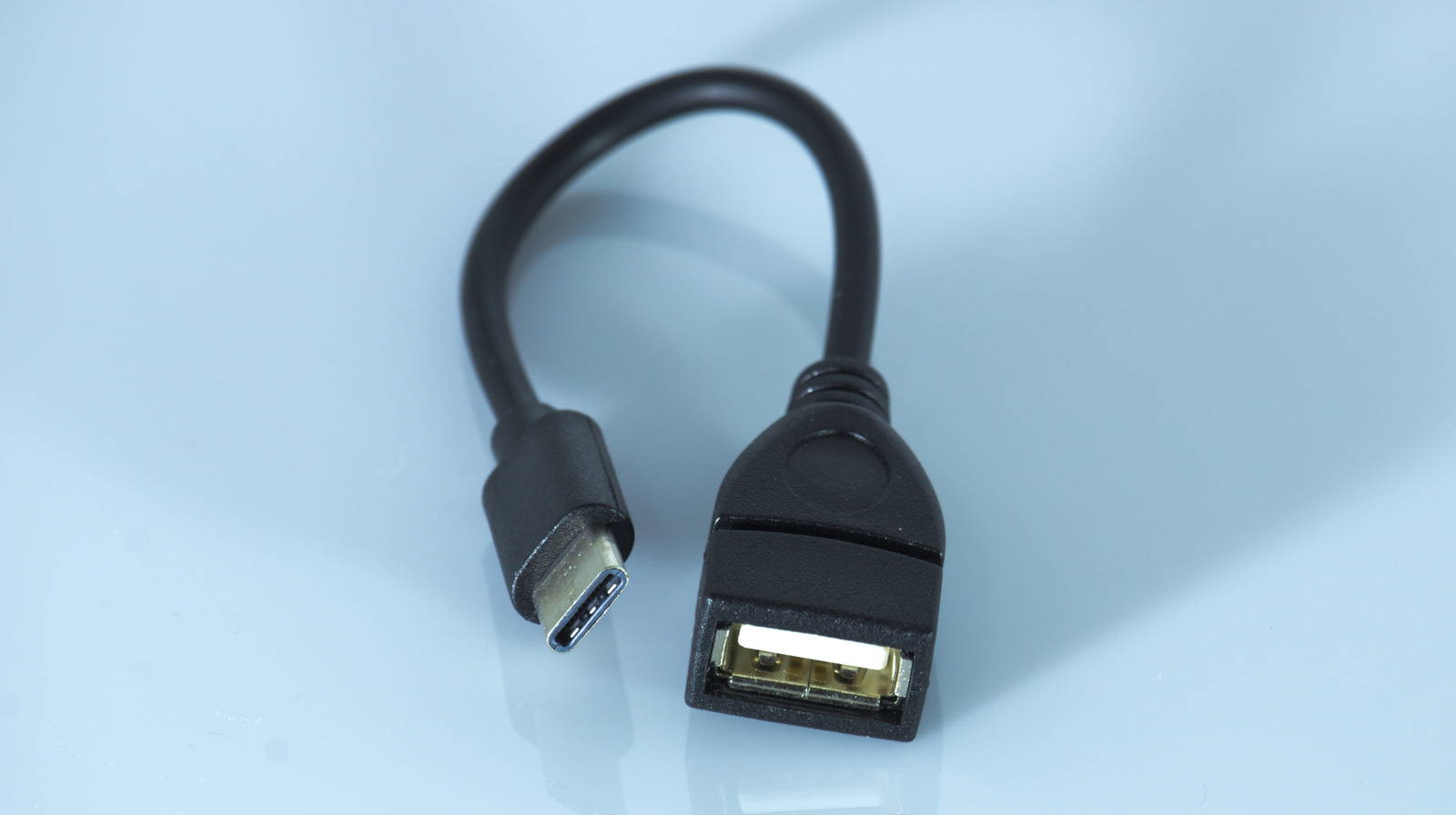



































































![Rapidus in Talks With Apple as It Accelerates Toward 2nm Chip Production [Report]](https://www.iclarified.com/images/news/96937/96937/96937-640.jpg)


































































































































